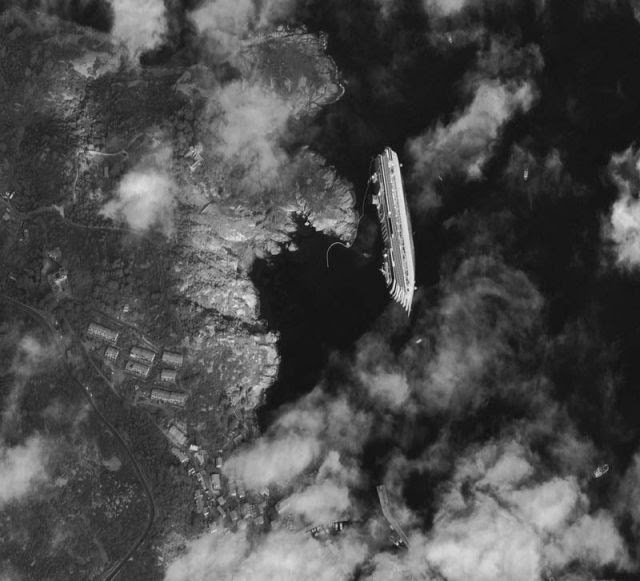
The term “Stick Welding” refers to the stick-like appearance of thin cylindrical rods employed in the most common and widely used form of Shielded Gas Arc Welding – Stick Welding.
Consumable electrode rods come in varying diameters and lengths, and consist of:
- A wire core (usually steel) which provides the filler metal that bond with the base metal
- A flux coating surrounding the filler metal, that transitions into a shielding gas (when super-heating by welding machine generated electrical current) to protect the weld from impurities naturally present in the air that can potentially create inclusions and porosity.
Understanding the American Welding Society’s (AWS) Electrode Rod Numbering System
Welding project elements such as the thickness of the base metal, length of the weld, position of the weld (flat, vertical, overhead, etc…) and direction of travel, are all factors that determine the type of consumable electrode rod a particular welding project requires.Electrode Classification
An electrode’s classification, defined by a four digit number (based on a numbering system created by the AWS), addresses the factors outlined above, and indicates the type of electrode best suited to a specific welding project.The classification number defines electrode properties such as:
- Tensile strength
- Direction of travel
- Composition (of the shielding gas)
- Penetration
- Type of electrical current
The Four Digit Numbering System
The following examples illustrate the numbering system’s basic application:Example #1 - Electrode Number 6010
The first two digits – 60 – refers to the tensile strength of the filler metal in thousands of pounds, i.e. 60 thousand pound tensile strength
The third digit – 1 – refers to the direction of travel, i.e. this electrode is multi-directional, and can be used to weld material in a horizontal (flat), vertical (straight-up-and-down) or upside down (overhead) position.
The fourth digit – 0 – refers to three separate elements:
- Composition of the flux coating: 0 = cellulose and sodium
- Depth of penetration: 0 = deep penetration
- Type of electrical current used to charge the electrode: 0 = DC (Direct Current).
The first two digits – 70 – refers to the tensile strength of the filler metal in thousands of pounds, i.e. 70 thousand pounds tensile strength
The third digit – 1 – refers to the direction of travel, i.e. this electrode is multi-directional, and can be used to weld material in a horizontal (flat), vertical (straight-up-and-down) or upside down (overhead) position.
The fourth digit – 8 – refers to three elements:
- Composition of the flux coating: 8 = cellulose and potassium
- Depth of penetration: 8 = deep penetration
- Type of electrical current used to charge the electrode: 8 = AC (Alternating Current).
Additional Classification
Some electrodes are classified by five or six digits, for example: E7018-XThe “E” indicates the rod is an “electrode.”
The “X” refers to additional classifications.
Let’s say an electrode is classified as: E7018-1
The “1” refers to additional impact strength, which yields a sturdier more robust weld.
Another example would be: E7018-M
The “M” refers to military grade standards for increased strength, indicates the electrode is stored in a low moisture environment, and produces less hydrogen when expended in the welding process.






















